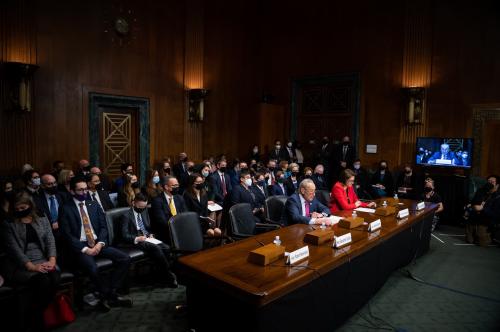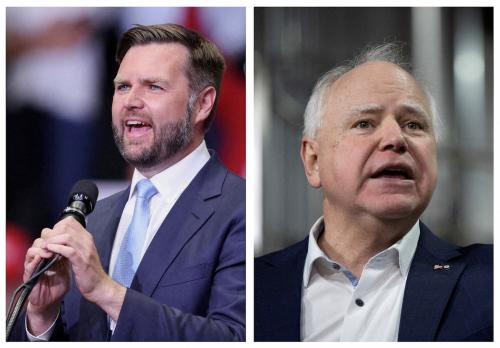Nine weeks, eleven states, three conferences, three lectures, four seminars, a dozen “dinner seminars,” and sixty-odd interviews with policy-makers, journalists, scholars, NGOs, and business leaders. Getting to all those sessions required fourteen in-country flights (over 10,000 air kms), two trains, fifteen cars, eleven mini-vans, two boats, six auto-rickshaws. Not that I was counting.
My mission: to learn and describe how India’s states shape the nation’s world view. I was joined by my wife and two daughters, ages 8 and 10.
In a phone call this week, just after I had left India, Jaswant Singh summed up much of my nine weeks in three sentences. “The rise of states is the most significant political development in the country today,” India’s great statesman told me. “The states that comprise the union of India could be countries in themselves. They virtually have been different countries in the past.”
Many Indians still debate whether it matters when it comes to foreign policy. “Delhi is in charge.” “India is not a federal system— it is a unitary system with federal features.” “People in the states don’t care about global issues.” Time and again, government officials, journalists, academics and other analysts rattled off for me the “three lists”— the public responsibilities that belong to the center, to the states, and to both in partnerships. Foreign policy belongs to the center. End of discussion.
Except that people across the country kept talking about the distinct global issues that matter to them. Tamil Nadu looks to Singapore, Malaysia, Indonesia and Thailand— and especially to Sri Lanka. And they care about the global tech revolution. Mumbai watches— and weighs in on —the Straits of Hormuz and piracy off the west coast of Africa. Gujarat cares about Middle East oil, and joins Jammu and Kashmir in a persistent focus on Pakistan.
And then there are largely domestic issues that also shape India’s world view— and how the world views India. That certainly includes counter-terrorism policy, and foreign investment laws, and energy policy (especially renewable and nuclear energy). It even extends to domestic issues such as infrastructure, or a goods and services tax to replace inter-state tariffs —both of which might speed up foreign investment.
Intentionally or not, India’s states’— and their leaders —are shaping India’s approach to the world. And state leaders increasingly are working with one another on issues that extend beyond India, whether it is counter-terror policy or the goods and services tax.
That is healthy in any democracy. In the U.S., the San Francisco Bay Area cares about worldwide intellectual property protection … and H1-B visas. Florida cares about Latin America. New York cares about global finance and immigration. And California, Florida and New York— not to mention West Virginia and Texas— all care about global climate change policy, each in their own way.
India’s national identity is secure enough that it will not be harmed by a further devolution of power to states and localities on a range of issues. The system is becoming more inclusive, and it is taking advantage of impressive state-level leaders across the country, from a range of parties. I was surprised to discover that below the state level, local officials have considerably less authority than at the same level in the United States.
Still, harnessing and steering local dynamism remains a challenge. Federalism can become a problem when states fail to see the bigger picture. Many foreign companies worry about the fracturing of parties as only leading to gridlock. And in Mr. Singh’s words, “Indian foreign policy toward Sri Lanka should not simply be dictated by Madras, our approach to Pakistan determined in Jammu and Kashmir, our approach to Bangladesh in West-Bengal.”
In today’s India, in today’s globally integrated economy, that means both managing a parliamentary coalition and also working with Chief Ministers from opposition parties. Taken together, that is a difficult— indeed, dangerous — two-handed juggling act. Top-down no longer seems to work. Leading requires listening and forging pragmatic partnerships.
That is the new reality. Regional parties provide more direct representation of India’s states in New Delhi. And local control directly affects citizens in a global age. The challenge for any Indian leader— as for any American leader —is to craft a clear vision for the country, and to work with state leaders and representatives to bring all of them along.
After nine weeks in India, I felt very much at home.
Editor’s Note: This piece originally ran in India Today.


Commentary
Nine Weeks, Eleven States, One India
April 20, 2012